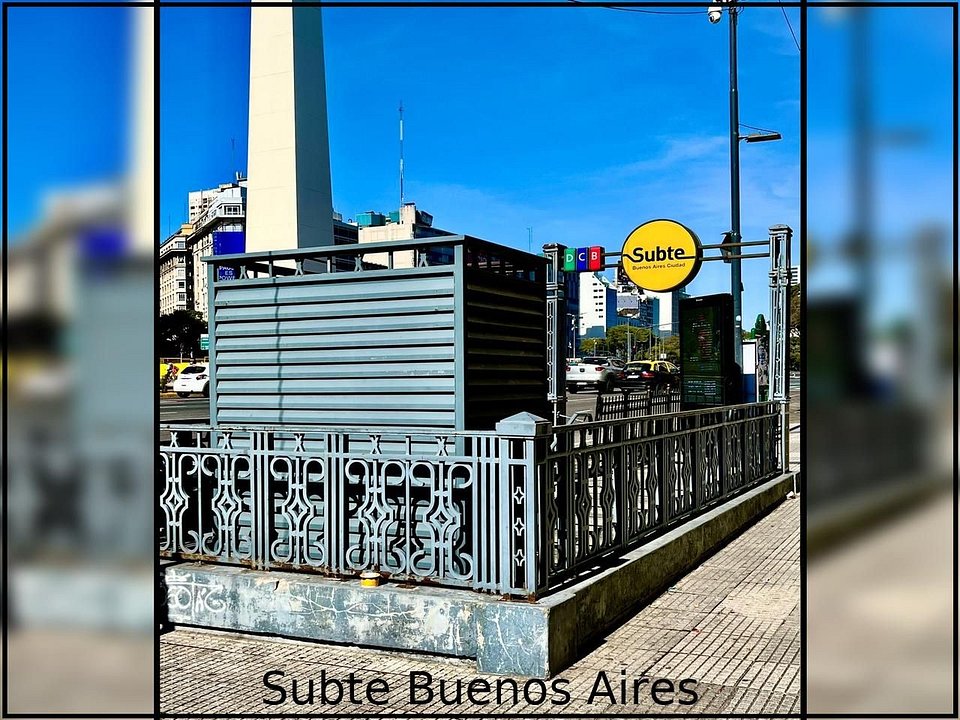Marcelo

Subway Stations
There are subway stations very close to the apartments and through the Buenos Aires subways you can quickly reach different places in the city.
The Buenos Aires Subway, inaugurated in 1913, is the first metro system in Latin America and has been fundamental in the city's urban mobility.
Origins and Development
The Buenos Aires Subway began to take shape at the end of the 19th century, in a context where the tram system was in crisis. The first line, Line A, was inaugurated on December 1, 1913, connecting Plaza de Mayo with Plaza Miserere, becoming the first metro in Latin America and the thirteenth in the world.
System Expansion
Over the decades, the system expanded significantly. In 1930, Line B was inaugurated, and in 1934, Line C. During the 1940s and 1950s, construction of new lines continued, including Line D in 1954 and Line E in 1966.
Impact on the City
The Subway has been crucial in decongesting the streets of Buenos Aires, offering a fast and efficient transportation alternative. Its importance lies not only in the mobility of millions of passengers daily, but also in its role in reducing traffic and pollution in the city.
Current Structure
Today, the Subway has six lines that cover a large area of the city, facilitating access to various areas and improving the quality of life of its inhabitants. Despite the economic and political challenges, the Subway remains a pillar of public transportation in Buenos Aires.
Conclusion
The history of the Buenos Aires Subway is a reflection of the evolution of urban transportation in the city, from its beginnings to its current state as a modern and essential system for the daily life of Buenos Aires residents. Its development has been a key factor in the transformation of urban mobility in the Argentine capital.
